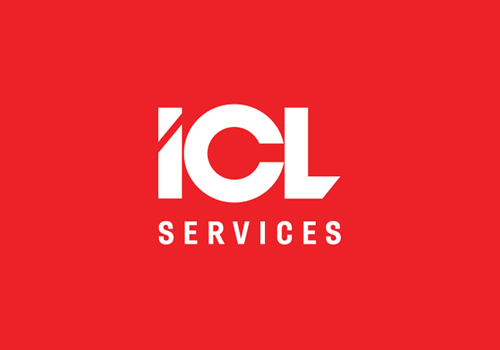Готово!
Скоро материал придет на указанную электронную почту. Также подписывайте на нас в Facebook
Ok
Volume licensing
Currently, the law provides administrative, civil and criminal liability for the use of unlicensed software. Administrative liability is governed by Article 7.12 of the Administrative Code and provides fines for officials who allowed the use of unlicensed software by employees, as well as withdrawal of programs and computers. Criminal liability for infringement of copyright and related rights incurs in the event of major damage to an author or other copyright holder, the infringement is considered as such if the value of copies of the program exceeds 250 000 rubles. Such infringements also provide for imprisonment for up to 6 years with a fine of up to 500 000 rubles. Criminal liability is governed by Article 146 of the Criminal Code.
The amount of damage is determined based on the number of used illegal copies of the software.
Civil liability may be grounded on the initiative from an author or a copyright holder claiming damages or compensation. On the basis of Article 1301 of the Civil Code, a copyright holder may require to recover a compensation from an infringer in the amount from 10 000 to 5 000 000 rubles or equivalent to twice the cost of programs based on the price usually charged for legitimate usage.
SAM is actively developing in Russia — companies understand that the risks of over- and under-licensing increase significantly when a company is scaled in the absence of proper and competent management. Using the SAM approach not only can you sleep peacefully and not be afraid of vendor audit, but also save a lot of money.
Even in the case of client software, the lack of maturity of SAM processes in terms of their integration with ITSM and configuration item base can form the basis for wrong decisions that will lead to the purchase of unnecessary licenses (with an existing license, which, for example, is not actively used) or may result in actual under-licensing. It may be rather difficult to manually ensure compliance, track all changes, often in different systems (in practice, server licenses are often stored in Excel files and decentralized, while user licenses can be logged in a separate Asset Management database not integrated with ITSM and CMDB), and make the right decisions when required by business. And it is very easy to make a mistake, because the information from CMDB, which can be updated irregularly or with a manual processing delay, is often used as the basis for decision-making. The absence of data links between different sub-organizations and locations, as well as processes for the analysis of software usage and license re-allocation, result in tangible financial costs. For example, in different company divisions local IT departments keep license records in different ways: some — in an Excel file, some — in another Excel file or ITSM system and others — in their local CMDB solution. A user from a certain division creates a request to install software. Unable to find available software copies, an IT department initiates a request to purchase additional licenses; in some cases not only individual licenses but whole volume licensing packages may be purchased. At the same time, unused licenses may be available in other departments or even in the same company division — if software is installed but a user does not actually use it. In the same manner, it would have been possible to save more funds in volume licensing programs by consolidating the requirements for all subdivisions in software.
Do not forget about Disaster Recovery — an infrastructure recovery plan in the event of a failure. In order to promptly regain control of the license status of the whole environment, it is vital that data is stored in a database and protected, and CMDB can always get automatic synchronization with another source, namely, an inventory and license database.
In the case of the integration of such ITSM processes as Request Fulfillment (service request management) with a SAM system, standardization of software by functionality, version and revision — that is the rationalization of software, the analysis of software usage in an organization, we receive accurate, reliable and, most importantly, dynamic data on software and licenses throughout a company, which are automatically available in CMDB and license accounting system. This means that all decisions are based on correct and relevant data.
The construction of SAM processes should be started with the Microsoft SAM Baseline review, which not only allows you to quickly analyze and get an accurate picture of license compliance of Microsoft products but also provides a professional assessment of the level of SAM process maturity.
Of course, SAM is not confined to the control of the level of license compliance and is certainly not limited to Microsoft software, but it is a good starting point for the optimization of your licenses.
Read the full article in our company blog on Megamozg.
Related news
- 13 May
Software asset management: how to achieve efficiency
Software Asset Management (SAM) is a methodology aimed at reducing the legal, financial and reputational risks and optimizing costs associated with the management of software base.
- 21 July
How do we manage software assets?
What associations does a phrase «software asset management» trigger for you?
- 7 August
ICL Services became Microsoft SAM Gold partner
The status will enable our company to work within the framework of the Microsoft Incentive Program.
Stay informed
Subscribe to our newsletter and keep up with our latest news




